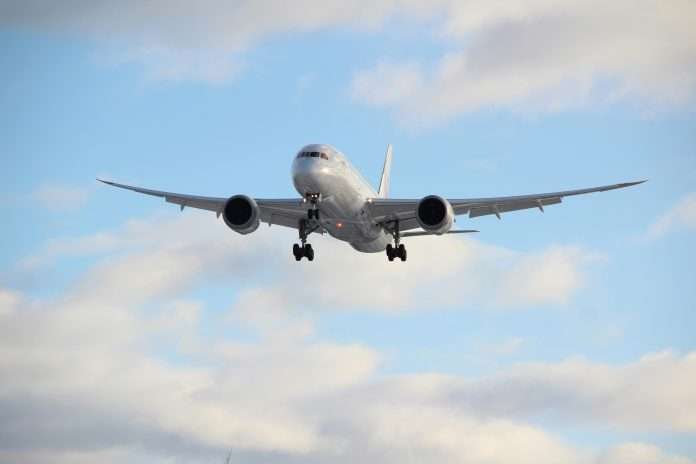Luggage loss remains one of the most significant challenges airlines face. Many travellers have resorted to using AirTags and other smart tags to track their bags, though the issue persists, affecting airlines’ brand image and customer satisfaction. Scanbot SDK delves into how its mobile barcode scanner SDK is enhancing airline efficiency.
A major factor contributing to the problem is the lack of experienced staff. During the pandemic lockdowns, many experienced ground personnel were let go, and airports have struggled to replace them.
The stressful and fast-paced environment exacerbates the situation, as inexperienced staff often mishandle luggage, leading to increased sorting errors and lost baggage.
To mitigate these issues, equipping employees with advanced mobile luggage tag scanners can significantly improve their efficiency and accuracy in handling luggage.
When traditional barcode scanners fail, turn to mobile barcode scanners
The process of getting luggage onto a plane involves multiple steps, each prone to errors. The use of bag tags, which include an IATA 2 of 5 Barcode, is crucial in preventing these mistakes.
Traditionally, airlines and airports use expensive handheld scanners to read these barcodes. However, modern mobile barcode scanners offer a more cost-effective, reliable, and flexible alternative.
Luggage tags contain detailed information about the customer and their destination, ensuring safe delivery.
These tags prominently feature an IATA 2 of 5 Barcode, uniquely identifying each item.
The tag data includes the airline/carrier name, flight number, luggage tag number, destination airport name and IATA code, departure time, passenger’s name, and a unique ten-digit number acting as a “license plate.”
Check-in
The journey begins at check-in, where the luggage is registered with the passenger’s details and sent on its way via conveyor belt.
Traditional barcode scanners often struggle with poorly printed, damaged, or worn tags, especially those printed at home by passengers.
Time pressure at check-in can lead to tagging errors. Mobile barcode scanners, with features like batch scanning and multi-scanning, help staff efficiently handle multiple tags simultaneously, reducing errors.
As luggage passes through scanning stations, the tags are read to determine their destinations.
While most scanning is automated, some bags require manual handling due to damaged or incorrect tags.
The speed and accuracy of mobile barcode scanners ensure that even heavily damaged barcodes are scanned correctly, reducing the risk of lost luggage.
During transfers, luggage must be reloaded onto connecting flights, a process susceptible to time pressure and tag damage. Mobile barcode scanners help mitigate these risks by ensuring accurate and rapid scanning.
At the destination, ground staff use automatic scan systems to sort luggage onto the correct conveyor belts. Barcodes that can’t be scanned automatically are manually scanned, making speed and precision essential to avoid lost luggage.
Lost and found
Lost luggage ends up in the lost and found. Here, barcode scanning software with AR capabilities helps staff quickly identify the correct item.
They input the luggage ID into the app and scan the barcodes until the correct one is highlighted on their screen.
Mobile barcode scanning proves beneficial at every stage of luggage handling. Unlike dedicated handheld scanners, smartphones and tablets with barcode scanning software serve as cost-effective, multi-purpose devices.
Accurate luggage tracking for airlines with the Scanbot Barcode Scanner SDK
The Scanbot Barcode Scanner SDK, integrated into a mobile app, allows airport staff to capture barcodes within 0.2 seconds, even in poor lighting or from difficult angles.
The SDK supports all common 1D and 2D barcodes, including the IATA 2 of 5 Barcode, with an accuracy of 98.7%.
Features like AR Overlay assist workers in finding the perfect scanning angle, and Batch Scanning or Multi-Scanning enable faster workflows.
Read the full blog from Scanbot SDK here.
Copyright © 2024 InsurTech Analyst


